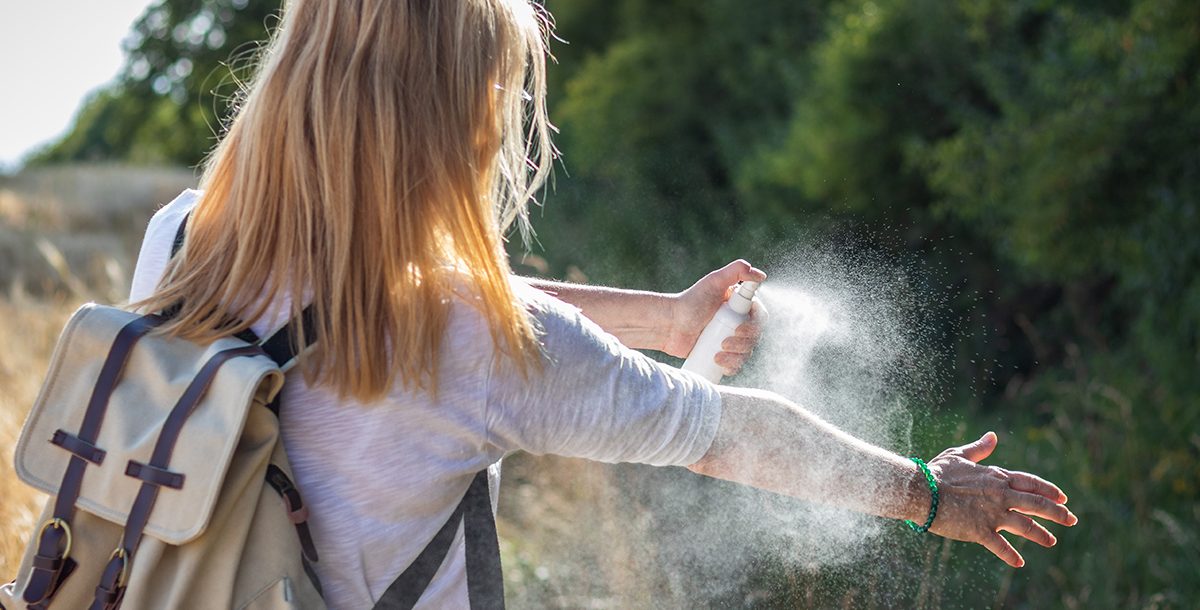Summer is a great time to get outdoors. However, bugs and insects can be a big drawback. Who hasn’t spent an afternoon hiking only to come home and find bites on your arms and legs? Most of us also know the annoyance of trying to enjoy an outdoor barbecue while swatting away those pesky mosquitoes.

While some bug and insect encounters are just a minor inconvenience, others can lead to bigger health problems. Kim Moran, a nurse practitioner at Bon Secours Poinsett Family Practice, is here to share her top three tips for making sure bug bites don’t disrupt your summer fun.
Take preventative measures
It is always best to try to prevent a problem before it happens. Taking proper precautions when venturing outside can stop bug bites from occurring in the first place.
“It is always important to wear protective clothing, such as long sleeves, especially when in wooded areas or heavily dense foliage areas,” Moran says. “Also, I recommend the use of insect repellent that contains DEET to help prevent bites from ticks and other insects. Unfortunately for little ones under the age of 3, DEET is not recommended for use unless you’ve run it by your primary care provider or pediatrician. However, there are other very good and more natural insect repellents such as products containing lemon eucalyptus oil (may contain DEET), lemongrass, peppermint and cedarwood.”
Inspect the bite
Even with the best preventative methods, a bug bite may still occur. When this happens, it is important to begin the healing process.
“First, inspect for any insect still on your skin such as ticks, or make note of what bug bit you,” Moran says. “Then, wash and clean the area with soap and water to avoid any skin infections. To alleviate itching and skin irritation, you can use cool compresses on the bite, topical Benadryl gel or over the counter cortisone topical as long as you are not allergic to the topicals available over-the-counter.”
Monitor the bite over time
A rash resulting from a bug bite might be a symptom of a more serious issue. Moran shares that the following are the top signs you should be see a medical professional for treatment:
- Rash is swollen and red
- Rash is larger than the size of a dime
- Any coloration changes
- If the rash has a bullseye pattern
- Active drainage or discharge
Learn about the primary care services we offer at Bon Secours.





